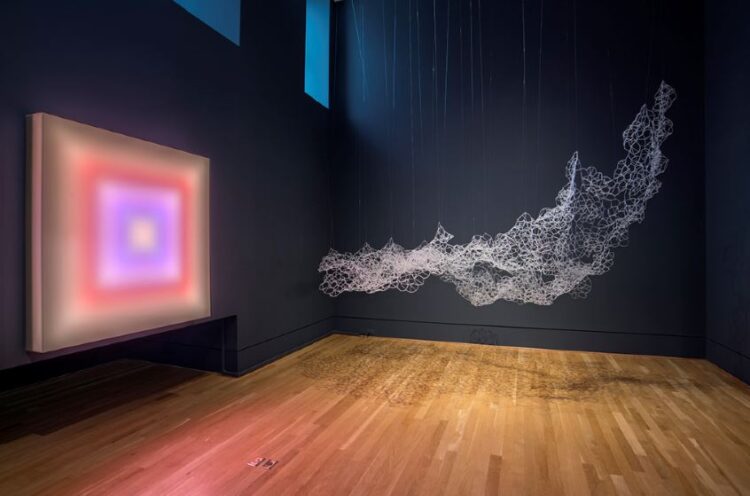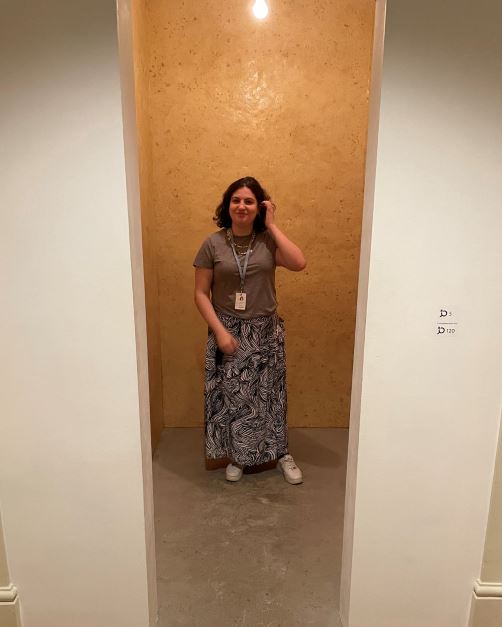Sherman Fairchild Curatorial Intern Oscar Flores-Montero speaks with Juried Invitational Inside Outside, Upside Down artist Jean Jinho Kim about her practice.
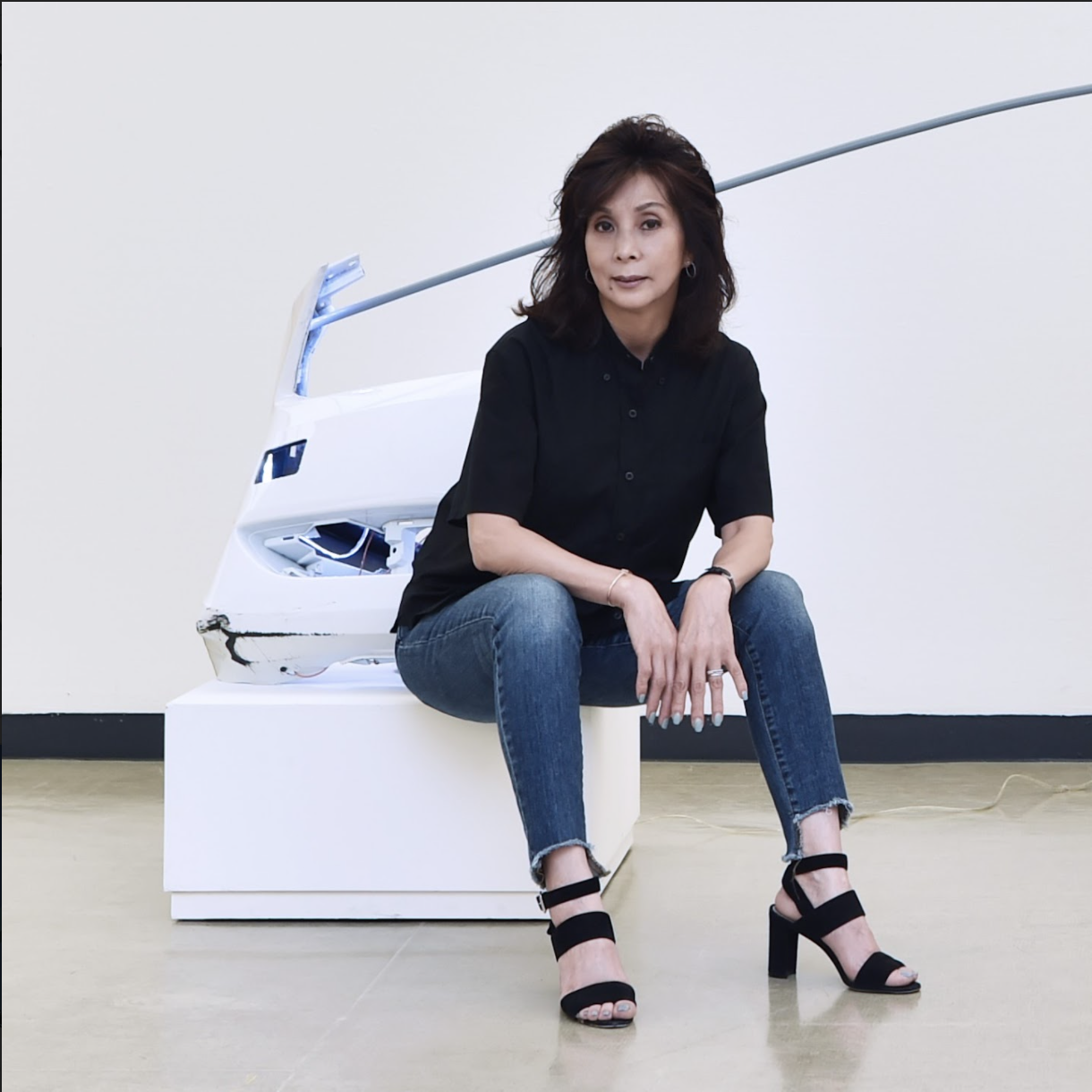
Jean Jinho Kim, Courtesy of the artist
Oscar Flores-Montero: How did you know you were an artist? At what age did you start creating?
Jean Kim: I think being exposed to art at a young age has inspired me to become an artist. I started creating art in first grade. After that, I started to take art lessons and competed in art competitions as a child and never stopped painting or making art since then. It wasn’t until I was in highschool that I decided to pursue art as a career.
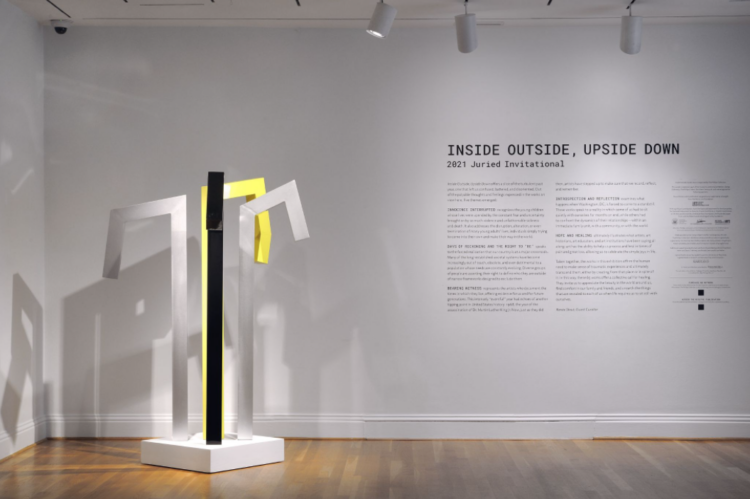
Jean Jinho Kim, Standing Tall, 2021, Aluminum tubing and wooden probes with base, Courtesy of the artist, on view in the Inside Outside, Upside Down galleries
OFM: What does a typical studio day look like for you?
JK: I spend the day sketching out concept designs and use wire and playdough to create a miniature model. When I am fabricating the pieces, I am usually outdoors. I do a lot of research on the computer for different ideas and approaches.
OFM: Material choice is very intentional in your practice. What inspired your material choice for Standing Tall?
JK: Standing Tall is the first piece that I created in aluminum. This is because of the durable nature of aluminum in comparison to downspout. It is wind resistant and lasts longer outdoors. I wanted to be mindful of where my pieces were being exhibited during the pandemic so that people can enjoy the art without worry and to brighten people’s hearts.
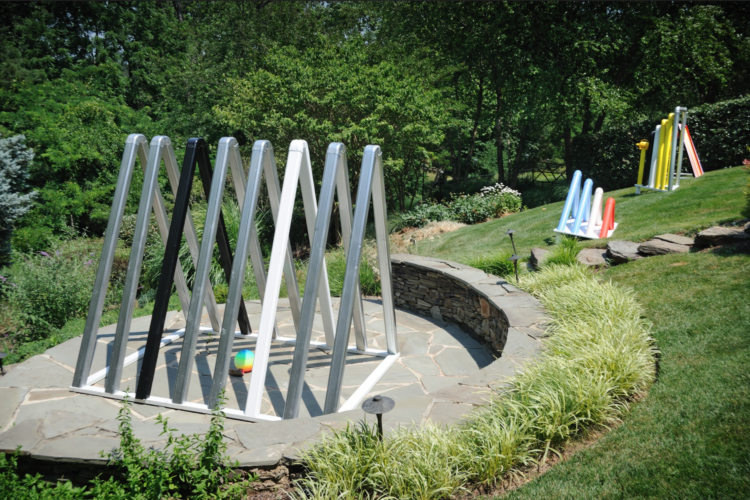
Outdoor installation view of Kim’s work, Courtesy of the artist
OFM: Did the pandemic affect your approach to creating art? If so, how?
JK: Before the pandemic, much of my art was designed for indoor exhibition. Many galleries, artists, and audiences were left in isolation. I shifted my focus from indoor to outdoor and my approach and materials used changed naturally. I love playful colors and wanted to provide a space and a moment to enjoy without worry.

